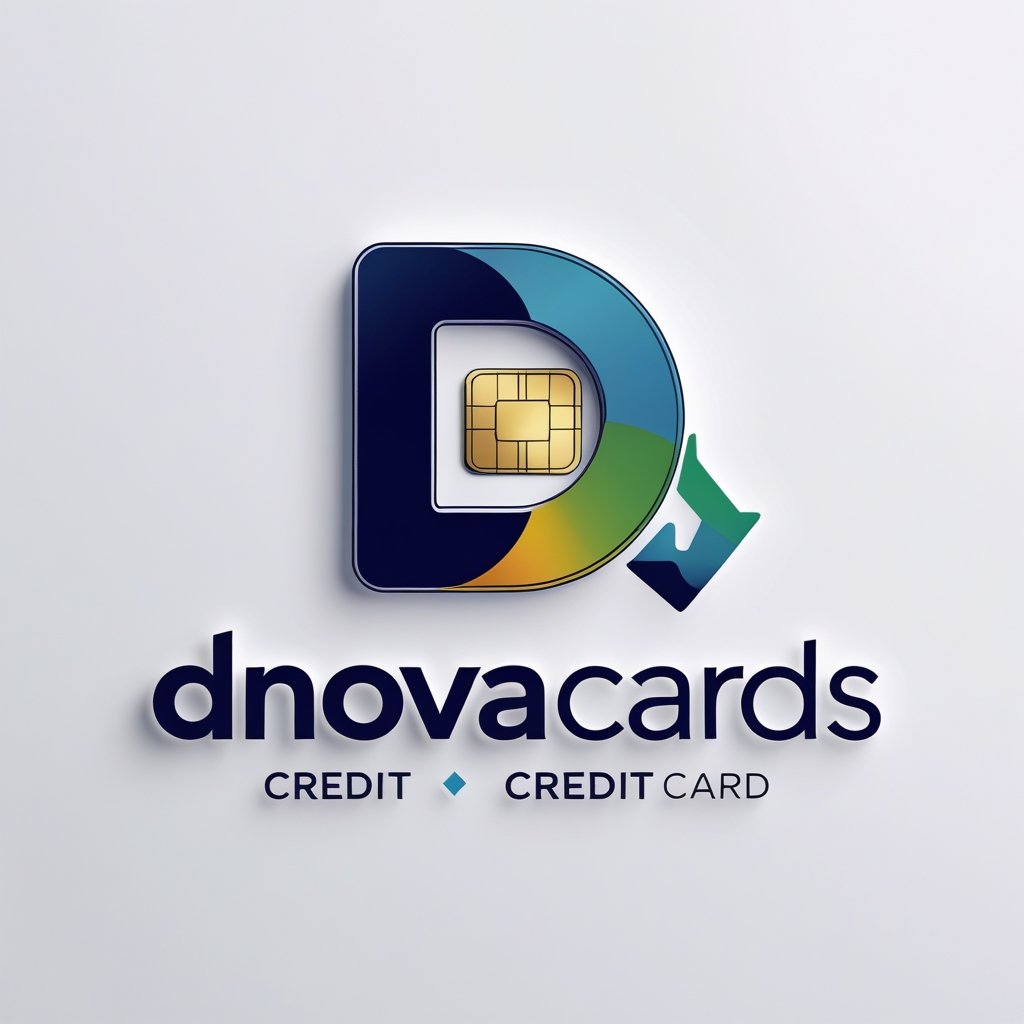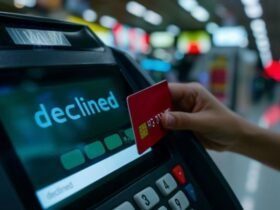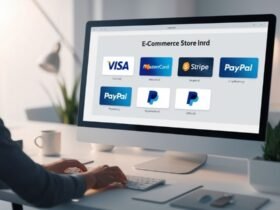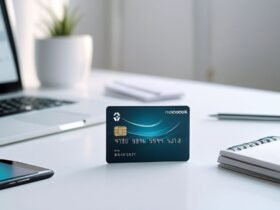Explore effective strategies that will help you protect your credit card information from data leaks, fraud, and identity theft. Some of these strategies include safe use of your credit card information online, avoiding phishing scams, and paying attention to cyber security. As hackers find new ways to steal personal and financial information, there is a higher risk of data leaks, identity theft, and credit card fraud than ever before.
If you shop online, use mobile payment apps or browse the internet, your credit card information can be compromised.
Still, there are many quantifiable measures that can be taken to protect your credit card information.
This article covers comprehensively the basic, yet powerful ways through which your data can be protected and your credit card information is safeguarded from falling into the wrong hands.
Why Credit Card Information Is Targeted by Hackers
One of the primary steps in understanding the importance of protecting your credit card information is understanding why it is important when it comes to cyber crime.
India Today recently published an article that highlights the fact that your credit card information can allow hackers to finance and contribute to fraudulent activities, hence easily making it a target. The key reasons for stealing credit card information are as follows:
- Financial Gain: Theft and selling off the card and even making unverified transactions tops the cybercrime list that many hackers are motivated to commit.
- Link to Personal Information: Information like your name, home address, National Insurance number, and account number gets linked to credit card details, making cybercriminals use it to steal one’s identity.
- Dark Web Resale: In the cybercrime world, obtaining and selling credit card details is high in demand as they sell for a good price, making it easy for hackers to sell their acquired details.
- Credit Card Fraud: Acquiring fake credit cards and identities to make large purchases undetected is one of the most popular techniques that criminals specifically use.
What is a Data Breach and How Can It Impact You?
When an organisation experiences a compromise to its security protocols, and sensitive information is accessed by an unauthorised party, a data breach occurs. Automated teller machine transaction fraud stands as one of the most common cybercrimes, which in turn suggests that machine usage stands vulnerable until the card payment is verified, especially in the case of credit cards, which seems to be one of the most valued pieces of information during the age of breaches.
As credit card information is deemed highly desirable, phishing attacks, malware, and unsecured websites become the primary resources for hackers looking to obtain your unique details. Depending on who gets supplied with your data, it can lead to various illegal operations such as identity theft and even fraud.
For instance, in 2017, Equifax, a multinational consumer credit reporting agency, became a target of a massive data breach exposing the details of approximately 147 million Americans, including their credit data. In the same manner, Yahoo was associated with the most devastating amount of records, with the breach affecting billions of accounts along with more than three billion pieces of data of their customers.
In such cases, fraud has become more convenient as payment card numbers, Social Security numbers, and personal information are easily available to be bought on the dark web.
How to Protect Your Credit Card Information from Data Leaks
Having discussed the risks of compromised credit card information and the reasons why numerous hackers work on getting their hands on it, I will go over a few solid practices you may employ to ensure protection for yourself.
1- Use Strong and Unique Passwords
Making use of formidable and unusual passwords is one of those features which is relatively simple to implement while equally being immensely effective in shielding your credit card access alongside various of your online accounts. Avoid using common phrases, your name, or predictable sequences like “123456” or “password”.
Tips for Strong Passwords
- Length: Password length must always be a minimum of 12 characters.
- Complexity: Always use a distinct set of passwords and avoid reusing them, even across different accounts.
- Uniqueness: To secure and remember complex and deep passwords, use a reliable password manager that encrypts all your passwords, allowing you to access them swiftly.
2- Enable Multi-Factor Authentication (MFA)
Make sure to download multi-factor authentication on your credit and debit accounts, as this would prevent hackers from gaining access to your personal data, even in the case that they acquire your password. Alongside the password, multi-factor account authentication requires the user to enter a different code, pattern, or fingerprint scan which would ensure that your information is kept safe.
Why MFA is Important
- In the case of losing a password, this method still provides great protection at the account’s access points.
- This safeguards against any identity theft or even fraud.
3- Monitor Your Credit Card Statements Regularly
Monitoring transactions on credit cards is one of the best ways to ensure that potential fraudulent charges are kept at bay. It also helps one to keep only authorised charges on every account.
Go through the purchased items and find any transactions that seem out of the ordinary. If any such thing is spotted, immediately call your bank or the issuer of your credit card.
On top of the review of your statements, think of registering with a service that keeps track of your credit report and sends you alerts when there is a significant change such as the opening and instruction of a new account in your name. Services such as Experian, Equifax and TransUnion also give all their customers notifications whenever identity theft is suspected to be taking place.
4- Use Credit Freezes or Fraud Alerts
Make a decision to get your credit suspended or have a fraud alert placed with the credit bureaus if it appears that the data on your credit card has been breached. Your credit report cannot be accessed without your consent when there is a credit freeze, therefore it will be tougher for criminals to open new credit accounts in your name.
A fraud flag can inform prospective lenders that your information may have been stolen, so they will then need to take more precautions in order to verify that it is you who has requested the new credit.
5- Avoid Phishing Scams
Phishing involves deceitful schemes where hackers disguise themselves as credible institutions and manipulate you into disclosing confidential data like your credit card information. It falls under the category of scams and such hackers tend to send alarming emails. Generally speaking, phishing emails often mimic your bank, credit card provider, and other institutions you might trust.
How to Spot Phishing Scams
- Look for suspicious links: Aim your cursor over the links in the email and verify the URL. Any email appearing to be from your bank or credit card but directing you to any site other than their official website is a scam.
- Be cautious of urgent requests: More often than not, phishing emails will make it seem important to check your email or that “the account will be locked”.
- Check for typos: Phishing emails are likely to contain typos and even grammatically incorrect statements; meanwhile, banks and companies are more or less regular about their spelling and grammar.
Don’t reply to emails you receive that you didn’t request; as a rule, don’t open items in the email, or links or download files until you are certain of the person who sent it.
6- Shop Only on Secure Websites
Ensure that the web page you are aiming to acquire as much information as it needs to give you the proper service is equipped with HTTPS as well as the padlock icon which in turn indicates that your data is secured.
Tips for Secure Online Shopping
- Avoid public Wi-Fi: When storing sensitive information such as credit card numbers, it is always recommended to stay clear of using public Wi-Fi. Public Wi-Fi is highly unsafe and makes it far too easy for cybercriminals to obtain this information without any problem.
- Stick to reputable e-commerce sites: If you are making a purchase from an e-commerce site, always seek the authenticated ones, those that have an immeasurable amount of positive feedback which would indicate that the site values the security of its customers.
7- Use Secure Payment Methods
Whenever making a purchase online, consider using either secure payment gateways like PayPal or using digital wallets such as Apple Pay or Google Pay. These methods ensure that all your financial information is encrypted alongside utilising extra security layers and encryption.
When it comes to using digital wallets, hackers have a far more difficult time intercepting or stealing your payment information because encrypted codes replace your actual credit card details that you would normally give to merchants.
8- Install Antivirus and Anti-Malware Software
By safeguarding your devices with antivirus software, you are ensuring that all aspects of your system are protected against viruses, spyware and malware that could potentially steal your credit card information. Make sure that you set your software up to regularly update itself for the best form of protection against not only old threats but newer ones too.
Remember to always enable your firewall as an additional line of protection for your devices and your sensitive information.
What to Do if Your Credit Card Information Is Compromised
It is true that there are always steps you can take to avoid falling prey to such scams such as avoiding suspicious apps. However, there is still a chance that your credit card information may be exposed to unauthorised individuals. In the event your credit card information gets lost, here’s what steps need to be taken:
- Contact Your Issuing Bank: For any suspicious activity regarding your credit card usage, contact your bank immediately so that they can issue you with a new card to avoid any further charges being applied.
- File a Fraud Report: Reach out to the Federal Trade Commission and your local police to lodge a fraud case for your credit card information so that they can pass relevant information to other authorities to avoid such activities from taking place.
- Monitor Your Credit: Always ensure that if you have not contacted credit sensors, to do so immediately, as they will monitor your information and alert you to any suspicious activity that is taking place regarding your name.
- Consider a Credit Freeze or Fraud Alert: As stated before, freeze your credit or put a fraud alert so that account thieves are unable to register for new accounts in your name.
My Opinion
While technology has greatly advanced in this day and age, it is essential to safeguard any credit card information. Cyber hackers have a variety of methods to steal personal data; however, by applying the steps discussed throughout this paper, such risks of data breaches, identity theft, and credit card fraud can be considerably lowered.
Effective use of strong passwords, security check-ups including multi-factor authentication, active monitoring for any intruders, phishing scams and various payment methods will give your financial data an added layer of security. But on the off chance, if your card information leaks out, then knowing what to do will greatly reduce the risks you face.


















Leave a Reply
View Comments